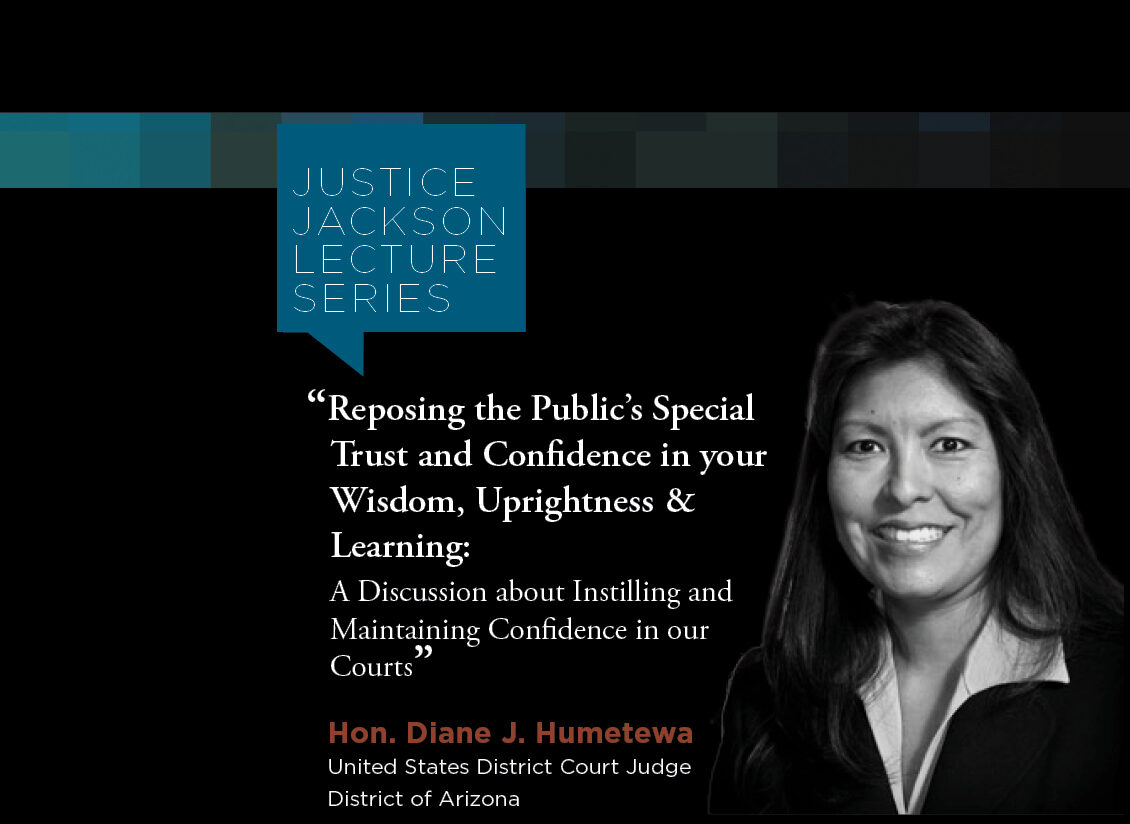
By Lieutenant Colonel Andrew R. Norton
Although the rules and procedures for military law generally track those of civilian law, the practical differences between civilian and military life have led to some variations.
In the civilian world, laws are designed to prevent undesirable behavior, ensure public safety and resolve disputes peacefully. In the military, the emphasis is more on discipline. As the founder of the Judge Advocate General’s Corps, General George Washington, wrote: “Discipline is the soul of an army. It makes small numbers formidable; procures success to the weak, and esteem to all.”
In practice, these are some of the major differences between the two legal systems:
Military-specific offenses
The movie A Few Good Men (“You can’t handle the truth!”) demonstrated the difference in the nature of some offenses. The Marines on trial were charged with “conduct unbecoming a marine,” a distinctly military, if misquoted, offense under the Uniform Code of Military Justice. The actual offense is “conduct unbecoming an officer and gentleman” with “gentleman” covering both male and female commissioned officers, cadets, and midshipmen.
This offense and others, including failure to obey a lawful order or regulation, desertion, malingering, and mutiny – to name a few – are distinctly military offenses designed to maintain good order and discipline in the armed forces by making specific conduct criminally punishable.
Rights advisements
Perhaps no legal term is more widely known outside the legal community than “Miranda rights.”
In the civilian system, rights advisements must be given to a person who is being questioned about a suspected offense after they are in custody.
Rights advisements are more proactive and protective in the military. Article 31 of the Uniform Code requires that military members be advised of their “Article 31 rights” when questioned by any other military member acting in an official capacity and when a reasonable person would consider the questioner to be acting in an official or law enforcement capacity.
Notably, the member does not have to be in custody to trigger the rights advisement. The reason for this is to protect military members, who are taught to obey the military chain of command, from law enforcement taking advantage of their obedience in order to extract incriminating statements.
Guilty pleas
Military members may plead guilty only if they truly believe themselves to be guilty. The military does not allow members to enter nolo contendere pleas or Alford pleas. In order for a member to plead guilty, and be found guilty, a military judge must conduct a detailed “providence” or “Care” inquiry. The term “Care” comes from United States v. Care, 40 C.M.R. 247, which requires a judge to instruct the accused on the applicable law and question the accused’s guilty plea on the record to establish “a clear basis for the determination of guilt.”
Split verdicts
One of the biggest differences between the military and civilian justice systems is that there are no mistrials. That is because the military is one of the few jurisdictions that allows for split verdicts in criminal trials.
The federal system and almost all states (Oregon and Louisiana excepted) require unanimous verdicts for criminal trials. General courts-martial – the forum reserved for the most serious offenses – require a concurrence of three-fourths, or six, out of the eight-member panel to convict. Special courts-martial, in which the maximum punishment is limited to one year in jail, also require a concurrence of three-fourths, but the panel is composed of only four members. The military does require a unanimous verdict of 12 members in all capital cases.
Federal Rules of Evidence vs. Military Rules of Evidence
Military law historically tracked civilian law from the time the first Manual for Courts-Martial was published in 1895. According to Professor Fredric I. Lederer in his article “The Military Rules of Evidence: Origins and Judicial Implementation,” after the Federal Rules of Evidence came into existence in 1975, there was resistance to the military adapting the “civilian” Federal Rules due to the challenge of adapting them to the “peculiarities of the military system” 130 Mil L. Rev. 5 (1990).
A Working Group was established in 1978 to evaluate and adapt the Federal Rules for use in military courts-martial. The Working Group’s philosophy was to adopt each Federal Rule verbatim, making only minor wording changes to incorporate military terms and procedure or in cases where military necessity required deviating from the Federal Rules.
In 1980, President Carter issued an executive order amending the Manual for Courts-Martial and promulgating the Military Rules of Evidence. Not only did the Military Rules drafters design the rules to be “as similar to civilian law as possible,” but they included MRE 1102, which provides for the automatic adoption of amendments to the Federal Rules of Evidence unless the president takes contrary action.

The Hon. Mary-Margaret Anderson (Ret.), a retired administrative law judge with the California Office of Ad...

Happy October, Gaveliers faithful. Are you loving this or what? No one believed a team made up of judges...


Hon. Diane J. Humetewa, the first Native American woman and the first enrolled tribal member to serve as a ...

Retired Massachusetts Chief Justice Margaret H. Marshall has been selected as the 2024 winner of the presti...
